
Phloem unloading in Arabidopsis roots
Plant Science Research Weekly, Research, Research Blog0 Comments
/
It is well known that long distance transport and movement of molecules is enabled by phloem, but the precise mechanism of loading/unloading of phloem mobile compounds is not known. In this article, Ross-Elliott et al. used a combination of approaches (non-invasive imaging, 3D-electron microscopy, and…
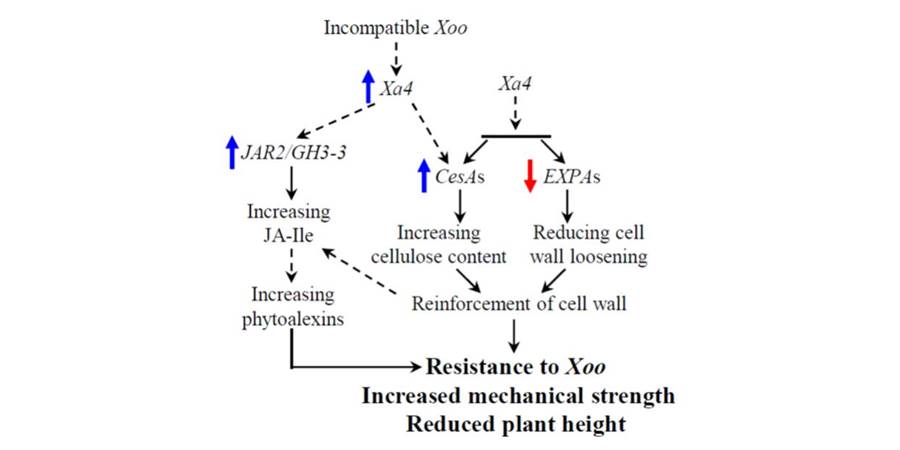
Durable resistance gene Xa4 encodes a cell wall-associated kinase
Plant Science Research Weekly, ResearchXa4 is a durable rice disease resistance gene that confers resistance against Xanthomonas oryzae pv. oryzae (Xoo), causal agent of bacterial blight. Hu et al. show that Xa4 encodes a wall-associated kinase (WAK) that promotes cellulose synthesis and suppresses wall loosening, thereby strengthening the…
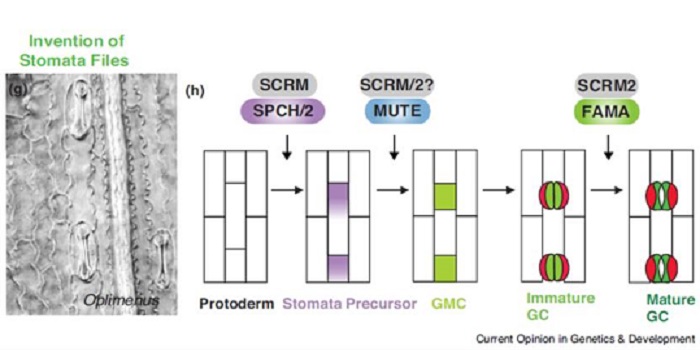
Review: Stomatal development in time: the past and the future ($)
Plant Science Research Weekly, ResearchStomata, epidermal pores for gas exchange, first appeared about 400 million years ago. Since then, there has been functional and structural diversification. Qu et al. synthesize the developmental genetics underpinning diverse stomata, spanning from bryophytes through monocots and the astomatous (without…

Generation of shape complexity through tissue conflict resolution
Plant Science Research Weekly, ResearchIt’s easy to visualize how a sheet of cells grows, but how does a sheet of cells form a complex, three-dimensional structure? Rebocho et al. describe how differential growth rates between cell layers and across the growing surface can produce a variety of complex shapes. As a model for shape complexity,…
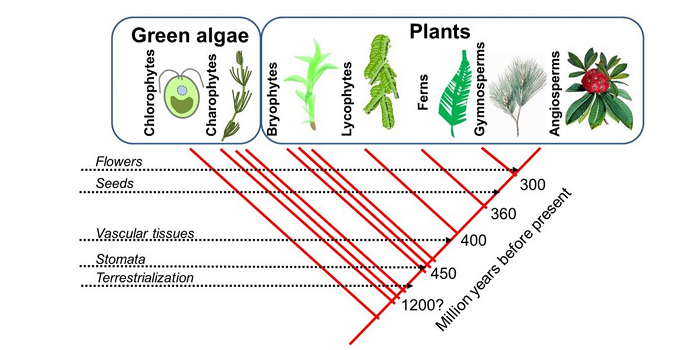
From LUCA to Lily: 12 perspectives for teaching about plants
Blog, Education, Resources, Resources, Undergraduate
The other day I was talking to a friend about the need to demystify plants, so that teachers feel as confident in their teaching of plant biology as they do about animal biology. I wonder if sometimes we teach plants too much in isolation, so it’s not always clear how plants relate to other organisms…
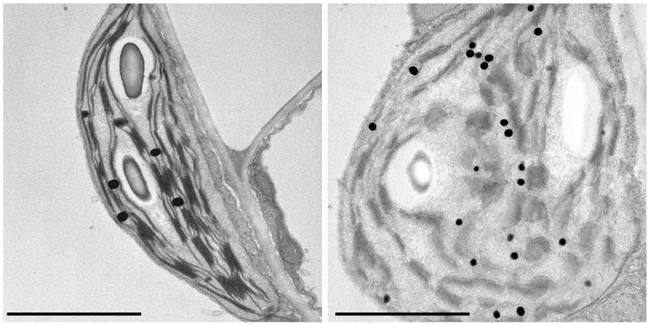
Photodamaged Chloroplasts Are Targets of Cellular Garbage Disposal
Research, The Plant Cell, The Plant Cell: In BriefIN BRIEF by Gregory Bertoni [email protected]
Autophagy, or "self eating," is the process cells use to consume unwanted intracellular structures such as damaged organelles, excess membranes, and unneeded cellular proteins (Mizushima and Komatsu, 2011). Typically, the unwanted structure becomes surrounded…
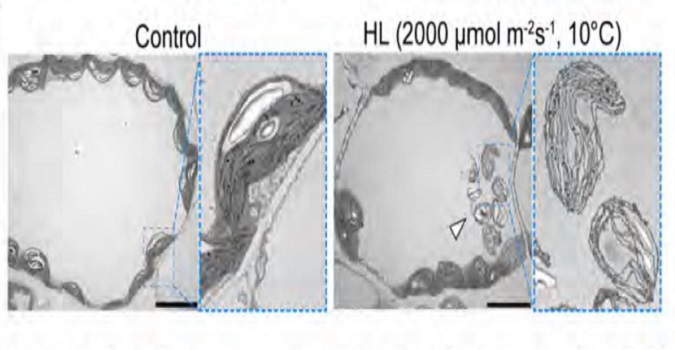
Entire photodamaged chloroplasts are transported to the central vacuole by autophagy
Plant Science Research Weekly, ResearchAutophagy is the process by which macromolecules and organelles are recycled. Previously it was shown that during leaf senescence or energy starvation, chloroplasts are degraded piecemeal by autophagy. In this work, Izumi et al. examined the role of autophagy in UVB damaged chloroplasts, using wild-type…
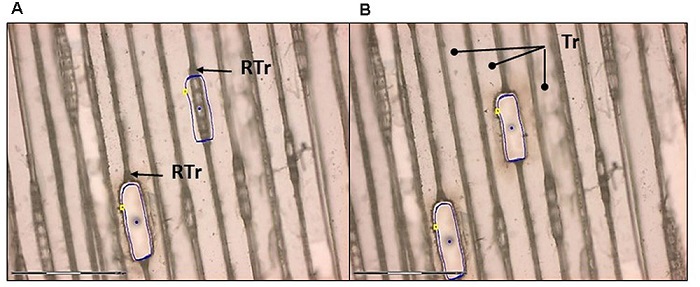
Protocol: Laser capture microdissection for woody tissues
Plant Science Research Weekly, ResearchLaser capture microdissection (LCM) was developed 20 years ago as a way to isolate single cells or clusters of cells for subsequent –omic analysis. In LCM, thin sections are generated, the cells of interest cut out using a focused laser, and the isolated cells collected for subsequent studies. Several…
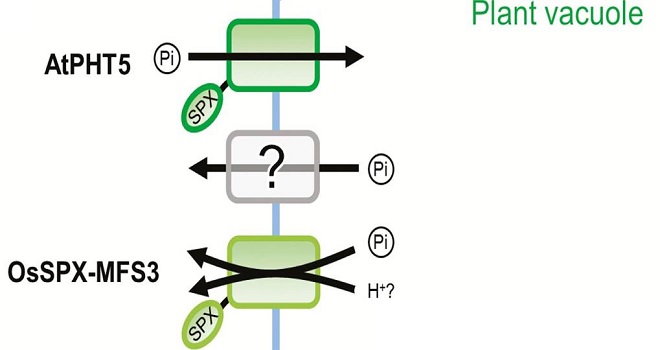
Review: Role of vacuoles in phosphorus storage and remobilization ($)
Plant Science Research Weekly, ResearchPhosphorus (P) is a non-renewable soil nutrient essential for plant growth. The vacuole serves as a crucial dynamic store of P that helps maintain cytosolic homeostasis. Yang et al. review vacuolar P stores, comparing P storage species and membrane proteins in yeast, algae and plants. In yeast, polyphosphate…

